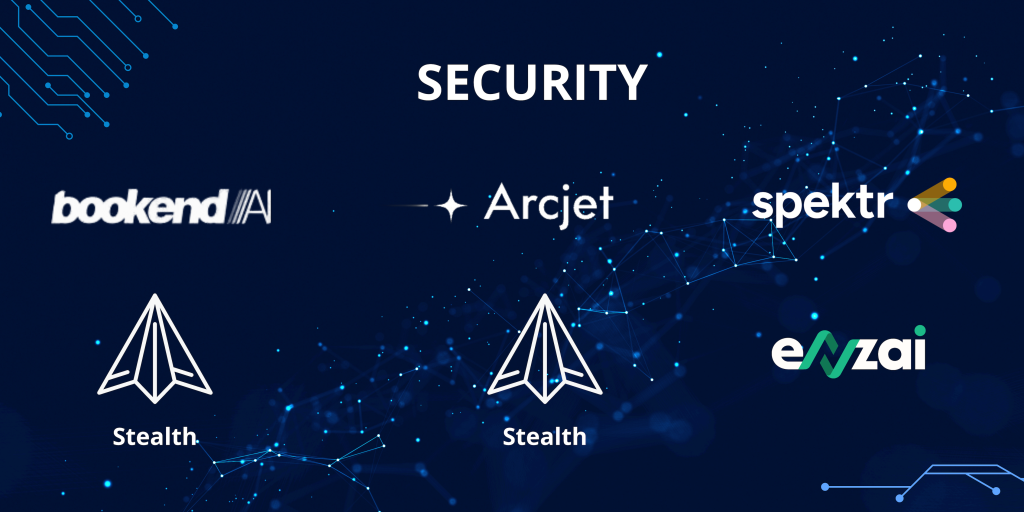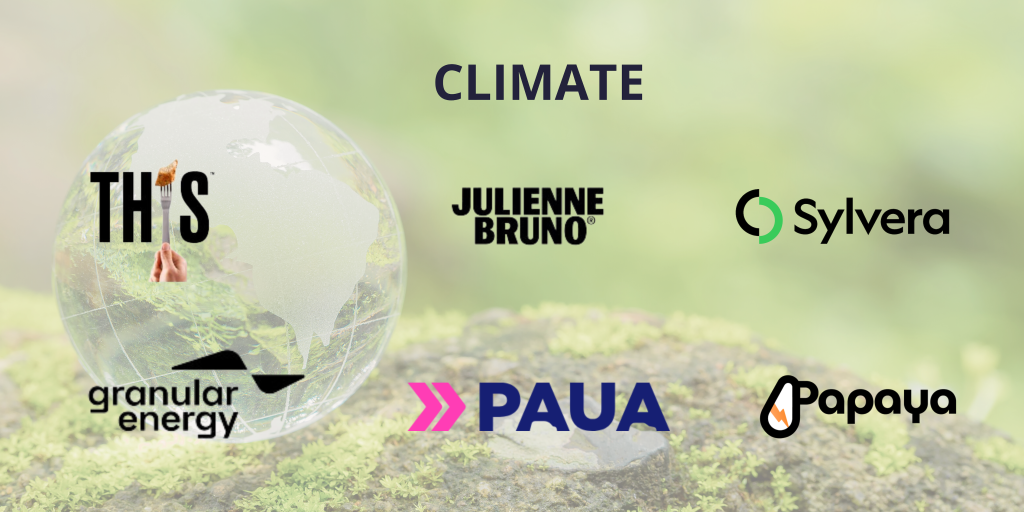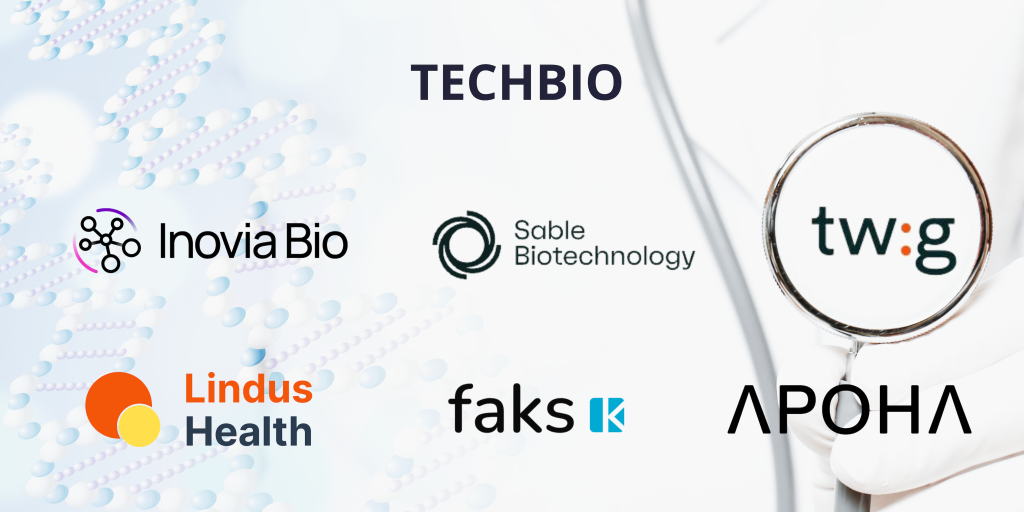Regulatory and technological tailwinds drive investment decisions and as we look ahead, we are excited about emerging catalysts for the software stack and for society. In this article, we touch on just some of the solutions we think might change the world in the next 17 years.
Above all, the demands of our warming planet, chronic disease and disorganised digital environments are in need of software solutions more than ever. Although we can’t wait for a bitcoin ETF to propel decentralised applications and WebTransport and WebGPU to unlock instantaneous, collaborative and high quality entertainment experiences, here we focus specifically on the future of critical infrastructure across security, climate and techbio.
Security
It’s no secret that our digital and physical worlds are changing and we need new software to make them sufficiently secure. So far in Fund VI, we have backed Enzai, Arcjet, Spektr, Bookend, and others still in stealth mode, and look forward to more outstanding opportunities.
The elephant in the room is that generative AI creates immense data risks and we are faced with myriad known unknowns. For example, we haven’t figured out identity control for AI agents that operate software autonomously, access management to company data that can be queried by anyone and open source model safety, whose output is almost untraceable to training data.

In our cybersecurity portfolio deepdive we focus on these emerging challenges and how our portfolio is primed to support enterprises and capture value.
Climate
Elsewhere in sectors like climate and cleantech, we combine a distinctive track record with strong conviction about why the time is right. Seedcamp has supported THIS and Julienne Bruno on their journeys to become two of Europe’s fastest growing plant-food brands, while Papaya, Granular and Sylvera are emerging as early leaders across EV fleet management, energy market solutions and carbon data. We are also especially excited about vertical fintech in clean energy and we look forward to the journeys of Paua and other unannounced commitments driving optionality and flexibility for early adopters.

Over the coming years, we anticipate the emergence of infrastructure that will power a clean and efficient energy system. Be that software that drives a smarter grid and better load-balancing, connected batteries that avoid discharging at times when their operating costs exceed the price of energy or intelligent, local procurement to avoid sending energy hundreds of miles on lossy lines across a continent with thousands of grids and DNOs. At smaller scales, we see the interaction of sensor technology, the Internet of Things and edge-based machine learning dramatically improving industrial energy consumption. Currently, usage is ungovernable and expensive. We anticipate a future where top-line energy consumption doesn’t necessarily need to be pared back, but we can access data and understand usage far more intelligently.
Techbio
Finally in techbio, we look forward to being part of the software-enabled future of drug targeting and discovery. We have already backed businesses like Inovia Bio, Twig Bio and Sable Bio, Lindus Health in clinical trialing, and Faks at the other end of the supply chain in drug delivery. In the coming decade, we see a wealth of opportunities throughout the biomedicine stack; to research and develop treatment for chronic infections like SARS-CoV-2, to anticipate and prevent target failures, and to build the molecules needed for food without meat and plastic without petrochemicals.

Research at the intersection of biology and computing is also primed for a tipping point. Businesses like Apoha are driving sensory intelligence and we anticipate many more use cases of unconventional or neuromorphic computing architectures and even substrates that reflect the brain’s qualities.
For example, rather than the input-output systems of deep learning where training and inference are essentially separate chronological activities, a continuous state machine similar to the human brain’s operating system, would enable a network to evolve around changing parameters, perhaps even paving a route to AGI. Elsewhere we could even see storage based on biology’s principles – a single gram of DNA is worth 200 terabytes – and active inference techniques allowing drones and robots to deploy the sensibilities of a person. We think Retrieval Augmented Generation and NLP applications are exciting but we also can’t wait to see the impact of machine learning on life-saving science, and vice-versa.
_________________________________________________________________________________________
Of course, techbio, security and climate are just a few of the sectors where we think software has enormous potential to disrupt the next decade. Evolving categories like vertical-market software, blockchain infrastructure, database management systems and many more are at the top of our agenda, in addition to more mainstream sectors like fintech, which are yet to fully penetrate society. At Seedcamp our world class in-house experts cover almost every sector and job function, helping entrepreneurs steer the ship, evangelize the product and raise impactful rounds on the way to becoming a category-defining business. As ever, we are always on the lookout for Europe’s strongest founders at the start of their journey–if that’s you, please get in touch on our website or reach out to any member of the team!
If you missed the previous two installments of this series, catch up here and here.